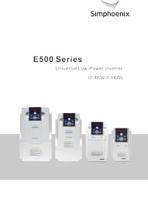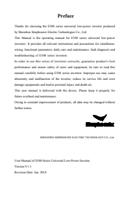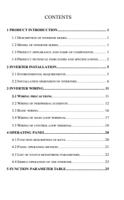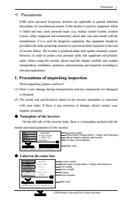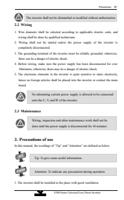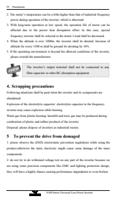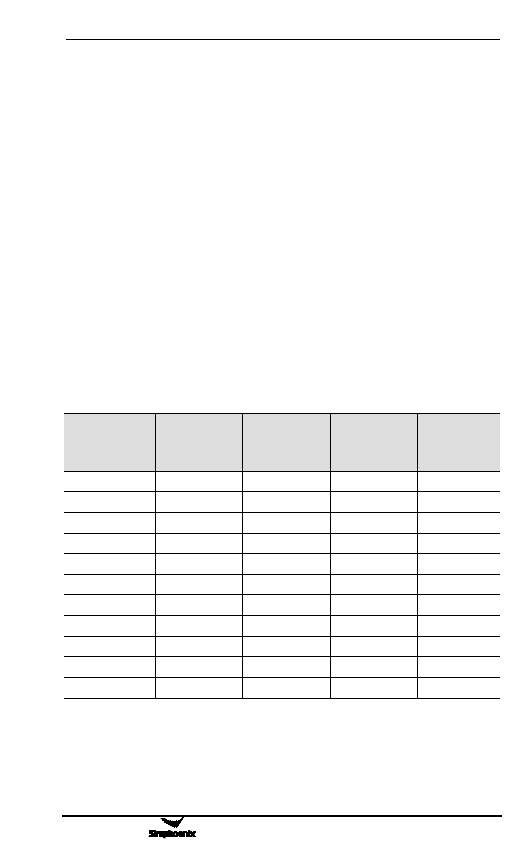
MODBUS Protocol 101
Appendix III: Brake resistor selection
In running process of inverter, in case that controlled motor speed falls too fast
or motor load shakes too fast, the electromotive force will charge inverter
internal capacitance through inverter in reverse direction, therefore, voltage at
two ends of power module will be boosted to damage inverter possibly. The
inverter internal control will be suppressed based on loading condition; in case
of brake performance failing to meet customer requirements, it’s necessary to
connect with external brake resistor to realize immediate release of energy. The
external brake resistor belongs to energy-consumption brake mode, which will
consume all energy on power brake resistor. Therefore, selection of power and
resistance value of brake resistor must be reasonable. The following content
refers to introducing brake resistor power and resistance value recommended to
be employed for SIMPHOENIX inverter. Based on loading condition, user can
modify value properly in line with the range specified by SIMPHOENIX
inverter.
Inverter model
E500-2S0004
E500-2S0007
E500-2S0015
E500-2S0022
E500-2S0030
E500-2S0040
E500-4T0007
E500-4T0015
E500-4T0022
E500-4T0030
E500-4T0040
Applicable
motor (KW)
0.4
0.75
1.5
2.2
3.0
4.0
0.75
1.5
2.2
3.0
4.0
Brake resistor
power (KW)
0.1
0.1
0.2
0.2
0.4
0.4
0.1
0.2
0.4
0.4
0.5
Brake
resistance
value (Ω)
150
100
70
50
40
35
400
300
200
150
125
Braking
torque (%)
100
100
100
100
100
100
100
100
100
100
100
E500 Series Universal Low-Power Inverter

